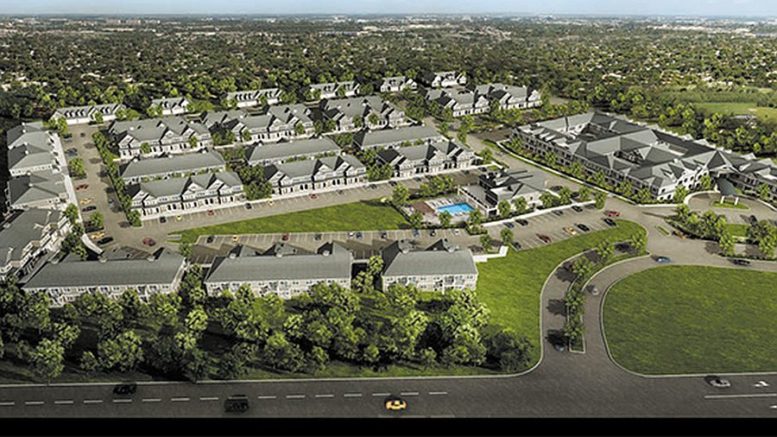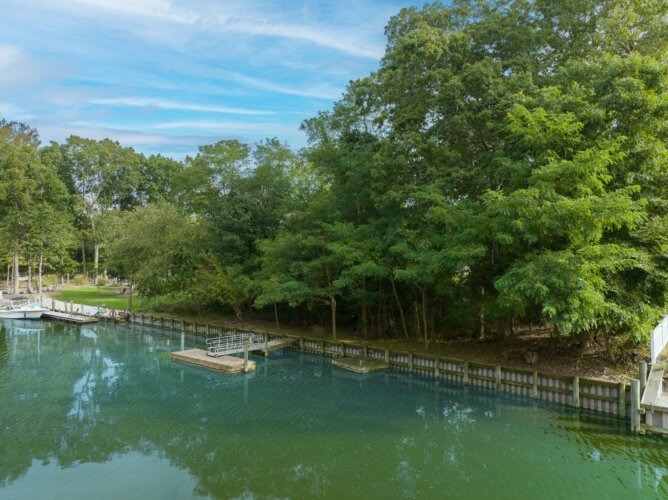Jan Burman, president of the Engel Burman Group, the largest developer of assisted living communities on Long Island, stunned a business group recently with an announcement that the Jericho-based company will be looking elsewhere in the country to build new facilities.
There are a combination of factors for the decision. They include a cutoff of new natural gas supplies, the possibility of a New York State prevailing wage law, rent control, high property and other taxes and, what surprised many: saturation in the assisted living industry on the Island — for now at least.
“We basically said that, at some point, there will be too many of these places on Long Island,” Burman said after delivering the same news to the Commercial Industrial Brokers Society of Long Island. “I’m not sure Long Island can hold any more at this time.”
But Burman did not rule out building more such facilities in years to come.
Engel Burman operates 14 Bristal Assisted Living communities on LI, with one more coming in Mount Sinai, and five others in Westchester and New Jersey. Another is to be built in Manhattan. Burman said the company is looking to build its future upscale Bristal facilities in South Florida.
Other companies in the assisted living industry agree that, at present, the Island is just about filled to capacity.
The conclusion the operators have come to is yet another signal that Long Island, home to America’s first suburb and a mecca for young families in the post-World War II boom, is aging rapidly.
And the need for more such facilities on LI will grow in years to come, says Claire Bukzin-Hakim, executive vice president of the Empire State Association of Assisted Living, which represents operators. She said the facilities have a special appeal.
“It’s a structured environment,” Bukzin-Hakim says. “Every day, you can meet a new friend.”
According to the independent, nonprofit Center For an Urban Future, Long Island’s older adult population increased by 27.9 percent during the past decade, from 379,242 residents aged 65 and over in 2007 to 484,862 in 2017. The Island’s overall population increased by 3.7 percent (from 2,760,505 to 2,862,310) and the under-65 population decreased by 0.1 percent (from 2,381,263 to 2,377,448).
Developers have taken advantage of the boom. Sunrise Senior Living, based in Northern Virginia, operates 10 assisted living communities on the Island, with another, in Huntington, scheduled to open in January.
Several others are in Sunrise’s planning stages on the Island. Altogether, the company operated 329 such facilities in the U.S., Canada and the U.K. Sunrise built the nation’s first assisted living community, 36 years ago, in Virginia.
“There is a growing need for these facilities” as the U.S population ages, says Philip Kroskin, Sunrise’s senior vice president for real estate.
People 65 to 74 were the largest among three age groups in the U.S., numbering 28.7 million, of the 329.45 million people in the country. Some of those 65 to 74 often no longer have a need for a private home. Those not in need of medical care seek assisted living communities, which provide dining rooms and chances for socializing. At nursing homes, the main thrust is clinical care, while at assisted living communities, the focus is on socialization.
Beth Mace, chief economist and director of outreach for the National Investment Center for Senior Housing & Care, a nonprofit in Annapolis, Md., said the occupancy rates for assisted living facilities on Long Island are near capacity. Occupancy rates in Nassau and Suffolk this year are 89.5 percent.
More facilities are being built, but the real growth is expected to come in 2030, when the last of the large baby boom generation (born 1946 to 1964) reaches their mid-60s.
But the red flags are already being raised, experts say. With wages stagnant now for years, and the number of companies offering pensions declining, the question is how many seniors in the future will be able to afford to live in assisted living communities, which can cost thousands of dollars per month, depending on the facility.
Burman says he is convinced plenty of seniors will be choosing assisted living in the future, despite costs, because there are not many alternatives.
“There’s no question we’re going to have a lot of takers,” Burman says.




























